The sight of guards posted outside royal palaces in and around London, dressed in their scarlet tunics and bearskin hats, is famous the world over, but do you know how to distinguish the Household Cavalry’s five foot and two cavalry regiments in a mass of red and black? Mistakenly identify a soldier at your own peril! Here is our guide, particularly useful if attending (or watching) Trooping the Colour!
The seven regiments of the Household Division:
There are five foot guards regiments: The Grenadier Guards, The Coldstream Guards, The Scots Guards, The Irish Guards and the Welsh Guards. Collectively they are known as the Guards Division. Together with the two cavalry regiments, the Life Guards and the Blues and Royals, they form the Household Division.
The Household Division along with The King’s Troop, The Royal Artillery are collectively known as The Household Troops.
There is also a territorial or reserve regiment attached to the Division – the London Regiment.

The first thing to be aware of when admiring the smartly turned out guards, is that they are all operational soldiers, and that standing guard at a palace is only a ceremonial duty. The primary role of all the regiments of the Household Division is as combat forces; all have fought with distinction and won many battle honours during their history.
The King is Colonel-in-Chief of all the regiments of the division. Each June, one of the five foot guards regiments is selected to troop their colour at the Trooping the Colour parade, held to commemorate the Sovereign’s official birthday.
Although their role is largely ceremonial, and the police provide the bulk of actual security protection for The King and other members of the Royal Family, guards do carry rifles fitted with a bayonet. For security reasons, it is never confirmed whether or not the rifles are loaded, but it is generally thought that they are not loaded with live ammunition.
This does not stop the guards stepping in when there has been a breach of security, most famously at the Trooping the Colour parade in 1981: a man shot six blank rounds as Her Majesty passed by on horseback on the Mall, and a foot guards corporal, who was nearest to the man, grabbed him and wrestled him to the ground.
The foot guards – bearskin not busby!
A mistake often made is the name given to the foot guards famous tall fur hats, or caps. They wear a bearskin, not to be mistaken for the smaller busby which is worn by the Royal Horse Artillery when on ceremonial duties.
The standard bearskin of the British Foot Guards is approx. 18 inches tall (45cm), weighs 1.5 pounds (680g) and is made from the fur of the Canadian black bear. These furs come from culled bears – the animals are not hunted for sport, but under licence by native Inuit hunters in a Canadian government programme to keep numbers under control – and is used for its warmth, water-resistance nature, and ability to retain its shape.
Officers’ bearskins are made from the fur of the female Canadian brown bear as it has thicker, fuller fur and is dyed black. An animal-free alternative has been sought for a number of years, but no material has met the requirements.

The red tunics are called ‘Home Service dress tunics’. These are worn in the summer months – April until October. During autumn and winter they change into great coats – long grey coats – much more practical for the weather they have to endure while standing guard outside Buckingham Palace or Windsor Castle.
Officers tunics are embellished with fine gold thread and have gold buttons as opposed to other ranks silver buttons.
The Grenadier Guards
The Grenadier Guards is the most senior regiment of the Guards Division and, as such, is the most senior regiment of infantry. It is not, however, the most senior regiment of the Army, this being The Life Guards.
The Grenadiers were formed in 1656 by the Prince Charles (who became King Charles II at the Restoration), whilst in exile in the Spanish Netherlands.
When performing ceremonial duties, the Grenadiers can be identified by the buttons on their tunics being equally spaced apart, a white plume on the left side of the bearskin, a grenade on their collar badge, and the royal cipher on the shoulder.
Their motto is ‘Honi soit qui mal y pense’ (the same as that of the Order of the Garter), meaning ‘Shame Upon He Who Thinks Evil Of It’. They are based at Wellington Barracks and Aldershot.
is their Colonel; it was formerly The Duke of York, before he was stripped of his military appointments, and prior to this, the late Duke of Edinburgh.
|
|
|
|---|
The Coldstream Guards
The Coldstream Guards were founded in 1650 and are the oldest regiment in the British Army in continuous active service. Established by General Monck in Scotland during the English Civil War, they fought against Charles I in Cromwell’s New Model Army, and helped defeat the Royalists at the Battle of Dunbar shortly after their formation.
The regiment is second in precedence behind the Grenadier Guards; this is because the Grenadiers have served the crown for longer as an English and royalist regiment.
The Coldstream Guards can be recognised by their tunic buttons being arranged in pairs, a red plume worn on the right, a garter star on the collar badge, and a rose shoulder badge.
When parading with the other four regiments, the Coldstreamers always parade on the extreme left of the line, with the Grenadiers on the extreme right. Their motto is ‘Nulli Secundus’ (Second to None).
Their Colonel is Lieutenant General Sir James Bucknall, the only non-royal colonel of the guards.
|
|
|
|---|
The Scots Guards
The Scots Guards were formed in 1642 and were the personal bodyguard of King Charles I of England and Scotland. It became part of the army in 1686.
Identifying them is based on their buttons, arranged in threes; no plume on the bearskin, plus the collar badge is a thistle, and the star of the Order of Thistle on the shoulder badge.
Prince Edward, The Duke of Edinburgh is their regimental Colonel, a role previously held by The Duke of Kent.
 |
|
|---|
The Irish Guards
The Irish Guards were formed on 1 April 1900 by Queen Victoria, to commemorate the Irish men who fought in the second Boer War for the British Empire. Along with the Royal Irish Regiment, it is one of only two Irish Regiments that are still part of the British Army. They recruit mainly in Northern Ireland, and for this reason until 1992 were exempt from tours of duty in the province during The Troubles.
The buttons on the Irish Guards tunics are arranged in fours, they wear a St Patrick’s blue plume on the right side, a shamrock collar badge, and a star for the Order of St Patrick on the shoulder.
Catherine, The Princess of Wales is now their Colonel, after William took over colonelship of the Welsh Guards with his new title.
|
|
|
|---|
The Welsh Guards
The youngest of the five foot guards regiments is the Welsh Guards. George V issued a royal decree forming the regiment on 26 February 1915 during the 1st World War, so that Wales was included in the national contingent of foot guards. They mounted their first King’s Guard three days later at Buckingham Palace – on St David’s Day.
Identifiable by their tunic buttons arranged in fives, a white and green bearskin plume on the left-hand side, a leek on the collar badge and shoulder badge.
Their motto is ‘Cymru am Byth’ (Wales Forever), and Prince William is their Colonel as The Prince of Wales.
 |
|
|---|
The Household Cavalry
The Household Cavalry is a corps formed of two regiments – The Life Guards and The Blues and Royals. They are The King’s official bodyguard. They are divided into the armoured regiment stationed at Windsor and the Household Cavalry Mounted Regiment garrisoned at Hyde Park Barracks in London.
Like the five Foot Guards regiments they rotate between the operational unit and ceremonial duties. Most have never ridden a horse before and are schooled to become excellent riders by the regiment’s instructors.
The armoured regiment has an active operational role as a formation reconnaissance regiment, serving in armoured fighting vehicles, which has put them at the forefront of the nation’s conflicts.

The Household Cavalry Mounted Regiment is horsed and carries out mounted, and some dismounted, ceremonial duties on State and royal occasions, including the provision of a Sovereign’s Escort, most commonly seen on The King’s Birthday Parade, or Trooping the Colour in June each year.
New troopers and officers are generally first assigned to London upon completion of horsemanship training and remain there for up to three years. Both regiments wear a shiny silver helmet with brass and silver fittings. A long horse hair plume is mounted at the top of the helmet.
While on guard, the soldiers carry swords. When mounted on horses, the soldiers wear white riding-breeches, known as buckskins, and tall black winged leather boots. They also wear breastplates or cuirassier.
The Life Guards
The Life Guards originated from a group of loyalists who accompanied the future Charles II to the continent during his exile (1652-59) and formed themselves into a military bodyguard to protect the Sovereign. They escorted His Majesty back to England at the Restoration in 1660, and since then has remained the senior regiment of the British Army.
Due to the gentlemanly nature of the ranks, they rejected the term Sergeant (associated with ‘servant’), choosing Corporal of Horse instead. Between 1788 and 1922, there were two regiments, later amalgamated into one.
The Life Guards can be distinguished by their red tunics with black collars, white plumes from their helmets (not bearskins), whose strap sits under the lower lip.
Their motto is also ‘Honi soit qui mal y pense’ and have Field-Marshal the Lord Guthrie of Craigiebank, former Chief of the Defence Staff, as their Colonel.

The Blues and the Royals
It was the joining of two famous cavalry regiments, the Royal Horse Guards and The Royal Dragoons, which formed the Blues and Royals in 1969. The Royal Horse Guards (The Blues, noting their tunics) descend from a Parliamentary Regiment of Horse, which Charles II re-raised when founding the Regular British Army in 1661. George III promoted The Blues to Household Cavalry status in 1813.
The 1st Dragoons (Royals) were originally raised in London in 1661 to form part of the Garrison of Tangiers and were formerly known as the Tangier Horse. Returning to England in 1683, they were re-designated ‘Our Own Regiment of Dragoons’ and granted precedence over all other cavalry regiments. Their role in the Battle of Waterloo (they captured the Colour of Napoleon’s 105th Infantry Regiment, whose symbol was an eagle) is recognised in the use of an eagle in their regimental emblem.
The Blues and the Royals wear blue tunics with red collars and red plumes from their Home Service helmets. Their strap goes under the chin.

Their motto is also ‘Honi soit qui mal y pense’, meaning three sections of the Household Division has the same motto of the Order of the Garter, founded by Edward III in 1348.
Princess Anne, The Princess Royal, is their Colonel.
The King’s Troop Royal Artillery
The King’s Troop Royal Artillery is a ceremonial unit of the Royal Artillery stationed at Woolwich in London. It is a mounted unit and all of its soldiers are trained to care for and drive teams of six horses pulling each of six First World War 13-pounder field guns, used today to fire salutes on state occasions and royal anniversaries. The salutes most often take place in Hyde Park and Green Park.
After the Second World War, King George V expressed the view that, following the mechanisation of the last batteries of horse-drawn artillery, a troop of horse artillery should be retained to take part in the great ceremonies of state. Accordingly the Riding Troop was reformed on 17 April 1946 as a six-gun Royal Horse battery for the Household Division.

When her father died, the late Queen had the troop retain the name ‘the King’s troop’ in honour of George VI.
Their uniform comprised a navy blue tunic with gold braiding, navy blue breeches. The busby is of sealskin with a white ostrich feather plume at the front with a lanyard looped around the busby and a red busby bag, which was used in Napoleonic times to keep dried fruit!
Queen Victoria didn’t much like one stripe
The Guards regiments are the only ones to have the rank of Lance Sergeant. Queen Victoria seemingly disapproved of having soldiers with only one stripe on their arm standing guard outside her palaces. Lance corporals therefore had their one stripe replaced with two, giving the problem of what to do with the two striped corporals. They were therefore given three stripes and the rank of Lance Sergeant. On ceremony they can be distinguished from full sergeants by their chevrons being white as opposed to gold.
Although in combat operations the Guards Regiments are still a male preserve, you will see female musicians on parade in bearskins for the foot guards and female troopers in busbies in the Kings Troop Royal Horse Artillery.

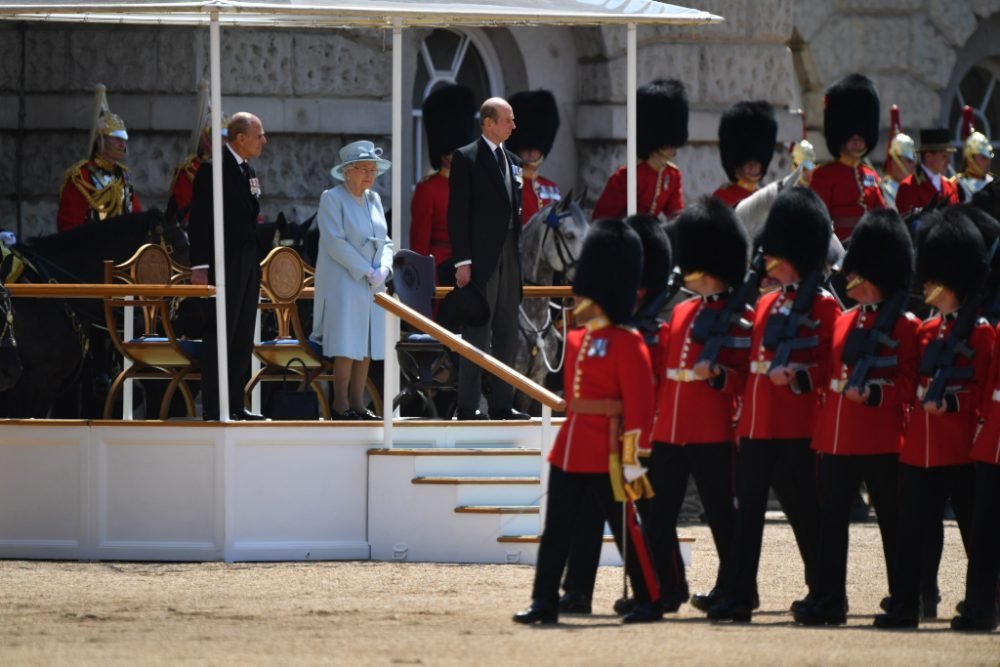








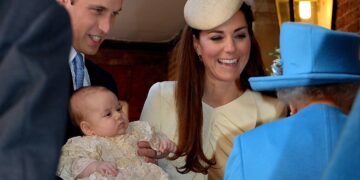
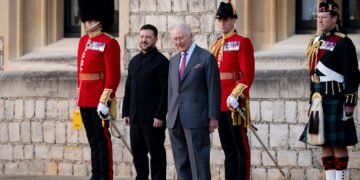
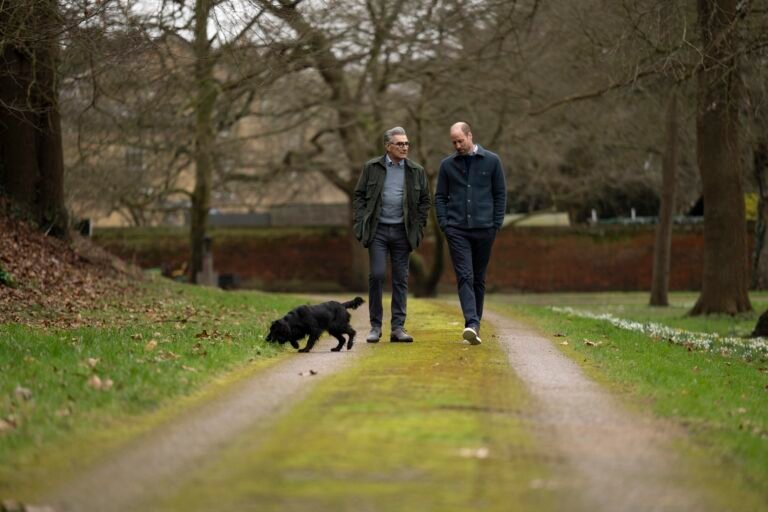
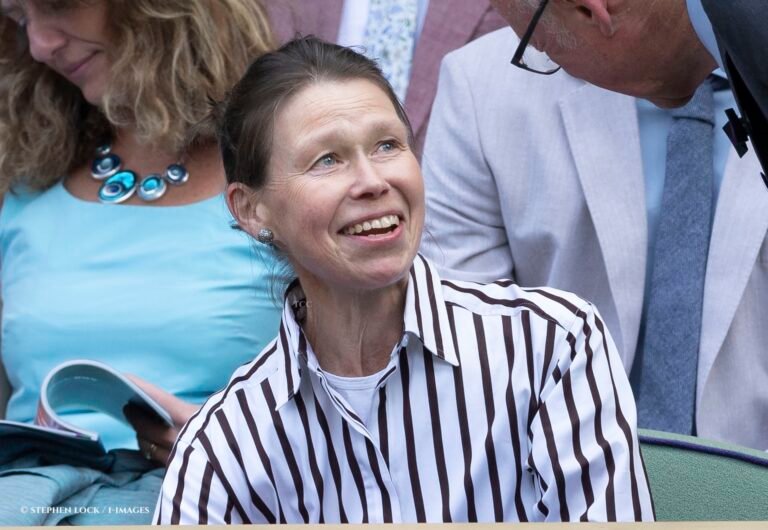
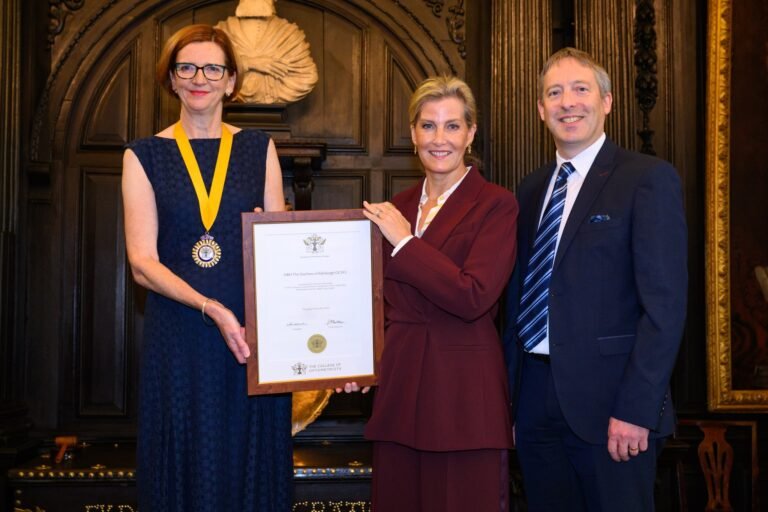
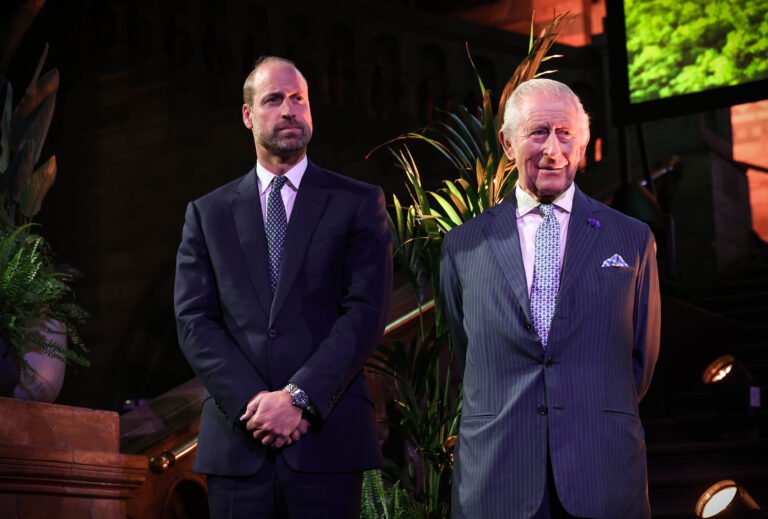
I would like to make an enquiry about the greNadier Guards around tHe time of the fIrst world war. I have an ancestor who was in the guards and went to france with them and died there. I wouLd like to find out more about him and the grenadier guards at that time if possible. I have a picture which i would liKe to coNfirm is him if you have the information to be able to do that. Can You tell me who i can contact about this please?
Thank you,
Jenny harrison
Jennyharrison17@gmail.com
Hi Jenny; you’re best bet is contacting the grenadiers or even commmonwealth war graves. V
Nice post. Thanks for posting your information.
Sargeant was originally a infantry rank, Corporal was an Cavalry rank, when the infantry introduced corporals the Cavalry added of Horse to denote their superiority, The Household Cavalry are the only one’s to keep this tradition.
Rubbish , try doing some research.
Reference the article about The King’s Troop Royal Artillery above, may I point out the King George V (as quoted) died in January 1936, so did not witness the second world war. it was his son George VI who was the king in 1946.
Thanks for pointing this typo out – updated!
The plume worn by Grenadier Guards officers seems to be somewhat hidden in the bearskin, whereas the plumes of Coldstream and Irish Guards is much bigger / more visible. Could you comment on this?
In the Queens Funeral procession, I noticed the streetliners appeared to be commanded by a couple of guards officers, one on a white horse and one on a blue horse. I was trying to explain to my grandaghter the protocols, but got stuck here and what titles and role they had